The fiber-optic industry is complex and diverse, with many different components and test methods for ensuring high-quality and efficient optical transmission.
Two common tests performed in the fiber-optic world are
- HOP tests (Hybrid Optical Power testing) and
- OTDR (Optical Time Domain Reflectometer) tests.
They both have their distinct roles, utilities, advantages, and limitations. This article will explore these tests in detail and highlight the differences between them.
What is HOP Testing?
The term HOP in the HOP test refers to “Hybrid Optical Power.” It’s an important type of fiber optic testing method, often used to determine the power budget in a fiber optic link. This technique primarily focuses on assessing the attenuation (loss) of the optical signal as it travels through the fiber.

How Does HOP Testing Work?
During a HOP test, a stable light source generates a light signal that travels through the fiber optic cable. At the end of the cable, a power meter measures the strength of the received light. By comparing the output power with the initial light source, the amount of signal loss, or attenuation, over the length of the cable can be determined. This is usually measured in decibels (dB).
The HOP test can identify gross issues, such as a poor splice or macro-bend that causes significant signal loss. It does not provide detailed information about where along the cable the issue is occurring.
What is OTDR Testing?
Optical Time Domain Reflectometry (OTDR) is another form of fiber optic testing, which offers a more comprehensive analysis of the fiber link. This technique provides an in-depth examination of the optical fiber, identifying not only the loss characteristics of the link but also potential problems along the fiber and their specific locations.
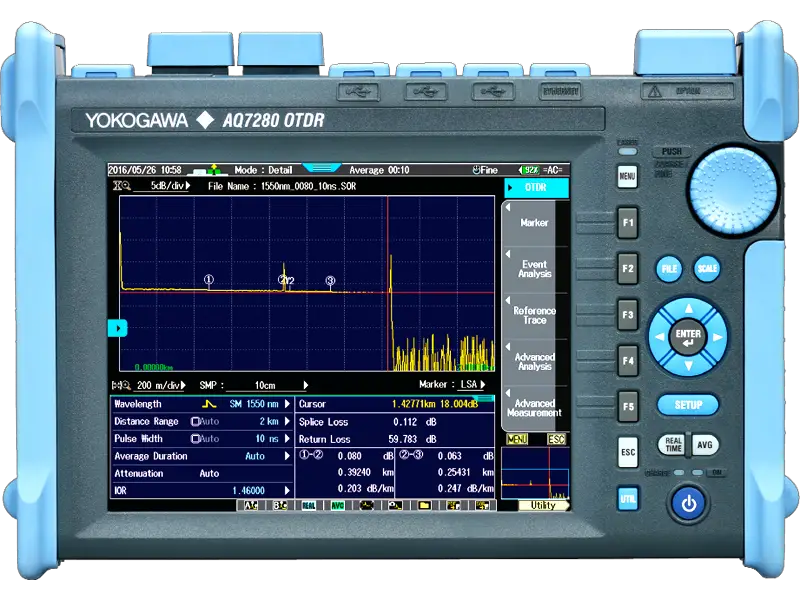
How Does OTDR Testing Work?
In an OTDR test, a high-powered laser pulse is sent into the fiber, and the reflections of that pulse are measured over time. As the pulse encounters different features in the fiber (e.g., connections, splices, bends, breaks), some of the light is reflected back toward the OTDR. By recording the intensity and time of these reflections, the OTDR creates a trace, a visual representation of the entire fiber link from end to end.
The OTDR’s trace allows technicians to “see” along the length of the cable and identify where losses or reflective events occur. OTDR can provide the distance to an event, which can be crucial for troubleshooting and repairs.
Differences Between the HOP Test and OTDR Test
Here we will learn the difference between Hybrid Optical Power testing and Optical Time Domain Reflectometer) tests.
The choice between HOP and OTDR testing depends on the requirements and the particular situation. If the goal is to quickly verify overall performance, then a HOP test may be the best choice. If detailed information about the fiber’s characteristics or the location of specific faults is required, then an OTDR test is more appropriate.
In many cases, both types of tests may be performed at different stages. For example, a HOP test might be used during installation to confirm the fiber link is working as expected, while OTDR testing might be used later on for troubleshooting or periodic maintenance.
| Details | HOP Test | OTDR Test |
|---|---|---|
| Definition | HOP test is a method that measures the overall power loss in a fiber optic link. | OTDR test is a method that provides an in-depth examination of the optical fiber, identifying loss characteristics and potential problems along the fiber with their specific locations. |
| Purpose | Used to determine the power budget in a fiber optic link by assessing the attenuation of the optical signal. | Used to create a “map” of the fiber optic link, showing where losses or reflective events occur. |
| Approach | A stable light source is used to generate a light signal which travels through the fiber optic cable. The power meter at the end measures the strength of the received light. | A high-powered laser pulse is sent into the fiber and the reflections of that pulse are measured over time. The OTDR creates a trace, a visual representation of the fiber link from end to end. |
| Complexity and Time | Simpler, quicker, and cost-effective way to ensure a fiber optic link is working as expected. | More complex, time-consuming, and requires more expensive equipment and higher level of technical expertise to interpret the results. |
| Accuracy | Typically gives a more accurate measure of the overall power loss. | Provides a more detailed and location-specific analysis of faults but may struggle to accurately measure loss at connection points. |
| Application | Often used during installation to confirm the fiber link is working as expected. | Usually used for troubleshooting, diagnosing specific faults, or during periodic maintenance. |
Conclusion
In the end, both HOP and OTDR tests play critical roles in managing and maintaining fiber optic networks. HOP tests offer a quick and easy way to measure the overall power loss in a link, while OTDR provides a detailed map of the fiber optic link and can locate specific faults. By understanding the strengths and limitations of each test, network operators and technicians can make informed decisions on which method is the most suitable for their particular situation.
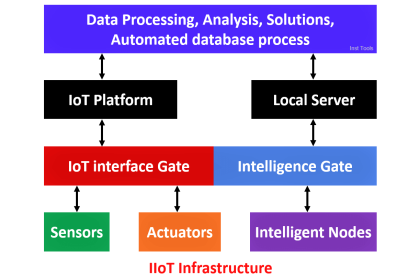

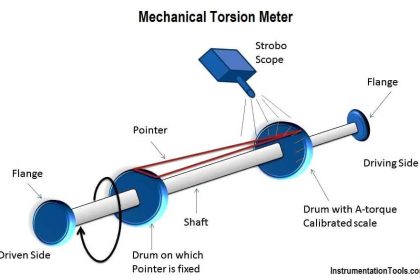

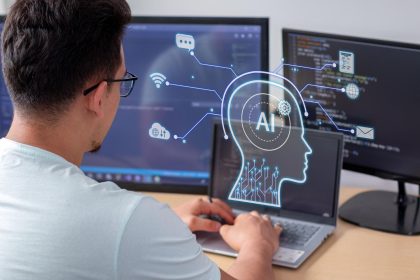

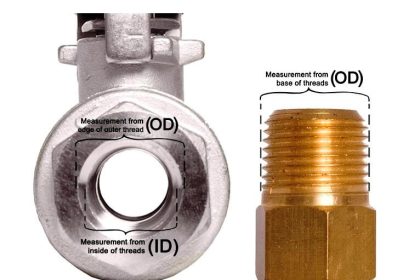

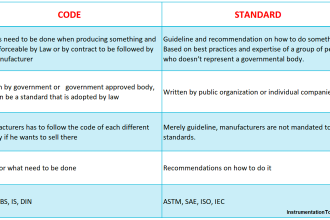
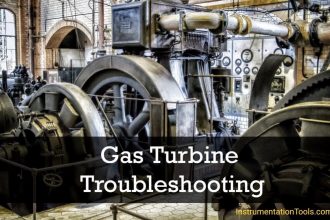
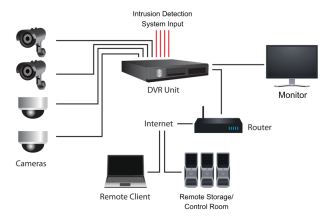
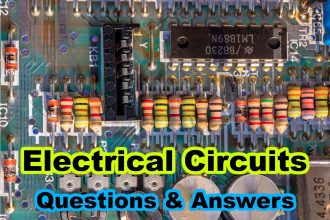



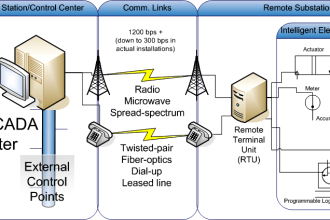

DEAR SIR
PLEASE EMAIL US ABOUT ANY STANDARD OR MANUFACTURER PRACTICE OR ENGINEERING GUIDE FOR THE REQUIREMENT OF FLOW METERS FOR LARGE PUMPS-(WATER-OIL/GAS COMPRESSOR OR CRYOGENIC OR DHILLED PLANT COMPRESSOR WITH 1500KW-6.6KV MOTORS.
IS IT A MANDATORY REQUIREMENT OF PUMP MANUFACTURERS OR INSTRUMENTATION STANDARD REQUIREMENT?
IS IT MECHANICAL OR INSTRUMENTATION REQUIREMENT?
BEST REGARDS
NANJAPPA